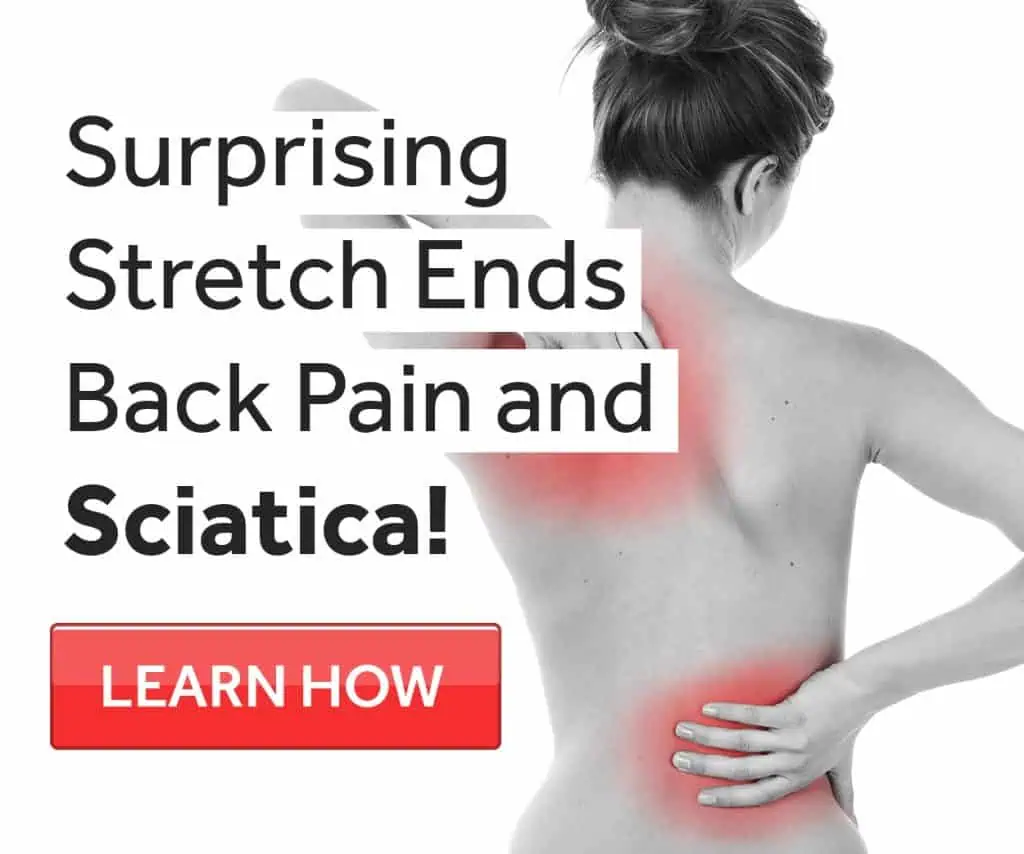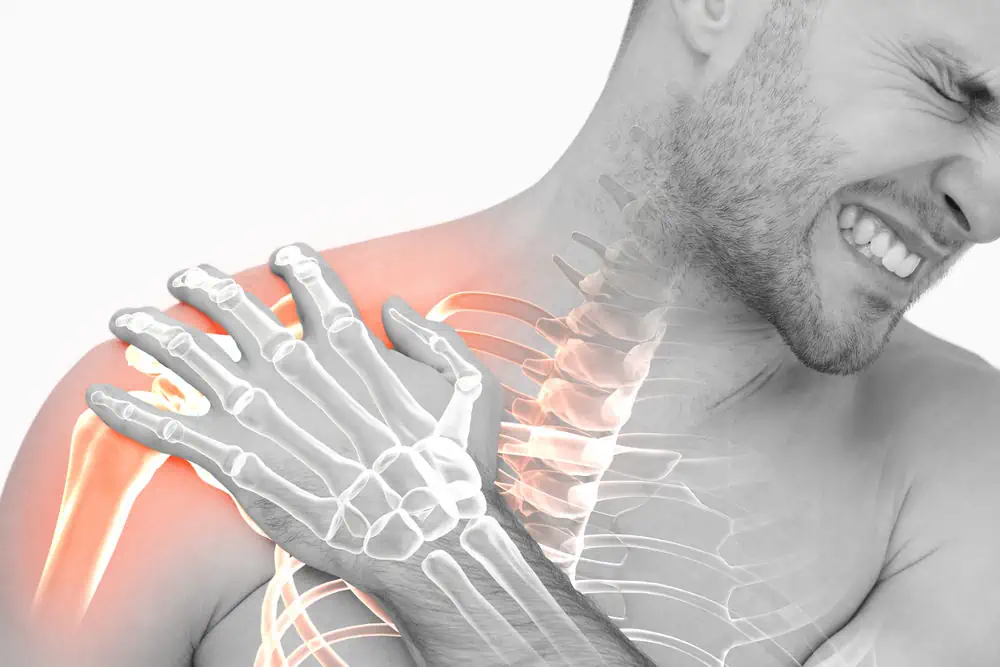The human body is a magnificent machine — but sometimes it needs a little support. That’s where braces come in. In times of pain, injury or surgical recovery, supportive braces can often provide the needed stability, compression and/or protection to take your body from faulty to functional and help you embrace life.
Back Braces
Lifting is painful. Long car rides? Atrocious. And cleaning? Don’t even think about it. Back Pain, simply put, can disrupt your life, changing everyday activities into dreaded events.
For many conditions that cause back pain, like lumbar instability, a herniated lumbar disc, chronic lumbar instability, degenerative disc disease — or even just chronic back pain — back braces can be an ideal and simple form of treatment.
They work by providing back and abdominal support when your muscles are overactive and you experience muscle spasms, or when your muscles are weak and don’t provided the needed support. Braces aren’t meant to replace your muscles; the goal is to protect your back while you work on strengthening the muscles, whether that’s through light exercise or physical therapy.
Ideally, braces should be worn for 2-3 hours a day during activities that may increase pain, such as gardening, prolonged standing or walking, and sporting activities.
Cervical Braces
Your neck goes through a lot in the course of a day, from rapidly turning to look at cars and coworkers to simply holding up your heavy head. But sometimes, as in cases of whiplash, severe sprain and traumatic injury, it is pushed beyond its normal boundaries, causing intense pain. In this case, a cervical brace allows your neck time to heal as your muscles regain their strength.
Cervical braces may be used alongside physical therapy, and can also help with pain resulting from kyphoplasty, cervical disc herniation and radiculopathy, in addition to post-surgery recovery. They may be worn for prolonged periods of time, if kept clean, but should never be worn while driving or sleeping unless advised by your doctor.
Wrist Braces
Repetitive motions can take many forms — typing, driving, writing, even swinging a tennis racket — and all of them take their toll. A wrist brace can combat that, providing comfort and support while reducing swelling and pain, whether it’s due to everyday activities, carpal tunnel syndrome, a fracture, tendonitis or arthritis.
Because of their design, wrist braces may be worn for extended periods of time during activities that cause pain, like working, gardening, cleaning or even sleeping. Plus, they are unobtrusive, since they’re made to be worn under clothing.
Knee Braces
Having a fully functional knee is a crucial part of any active lifestyle. But it’s also one of the parts of the body that causes the most trouble. Conditions like osteoarthritis, tendonitis, chondromalacia, patellofemoral pain syndrome and post-surgical pain can make it extremely difficult to walk and stand, let alone exercise or enjoy sporting activities.
Knee braces come in a variety of forms, and the support, compression and pressure relief they provide can help with many types of knee and leg pain and minimize the need for pain medications. They are often beneficial when used in conjunction with physical therapy, which your doctor may prescribe.
The use of these braces must be increased gradually. For the first week, wear it for one hour in the morning, and one in the evening. For the second, increase it to two hours, and so forth, until you can wear it comfortably all day as needed. Although it’s not designed for contact sports like football, knee braces can be particularly helpful during activities like walking, basketball, softball, hiking, skiing and other exercises.












